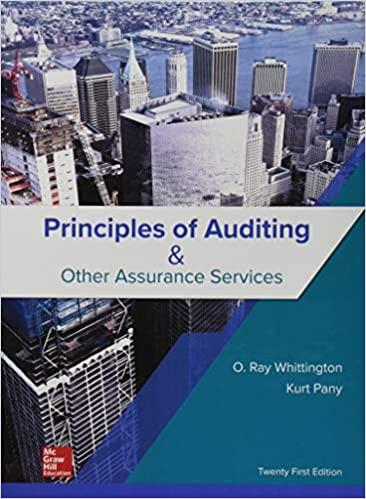Case Study 3 Gopal is the Senior Accountant in BestWood Manufacturing Company in the Sultanate of Oman. He is involved in the preparation of financial statements according to the relevant IFRS guidelines. As BestWood has different branches across Oman, Gopal has to consolidate the financial statements of different branches into the parent company's financial statement Since Gopal has done his duties diligently, the management recommended a promotion and later promoted him as the Chief Financial Officer of the company. As CEO, the duties and responsibilities of Gopal also increased. He attended the meeting of the Board of Directors, in which the directors have emphasized five key performance indicators (KPT) of the company. Two of these indicators were: To expand the business activities to more locations and thereby increase sales by 20% To minimize the operating expenses by 5% annually. A performance-based allowance is also offered. As per the agreement, Gopal will receive 0.5% of net profit after tax, as an incentive if the company achieves the set KPIs. Until last year, the organization achieved the set KPIs. The current year, was of course, difficult for the company. The financial performance of the company is affected adversely by the oil price crisis. A reduction in oil price followed a drop in the purchase by many government departments. In addition, the consumer sales also showed a decline during the year. Realizing the difficulties, Gopal changed certain accounting practices that helped him to project a comparatively better financial results of the business. For instance, the advances received from customers against purchase orders were considered as sales, though the products were not sold by the company. In addition, certain expenses were not recognized, for instance interest on loan. Another major change was on valuing inventory. Similarly, the method of depreciation is also changed to report a higher profitability During the internal audit, the auditors reported certain discrepancy in financial reporting to the Board of Directors. The BoD took a decision for detailed audit in view of possible discrepancies. The detailed audit department unearthed the various frauds in accounting various expenses, assets and liabilities in the financial statements. They also found that the profit is overstated because of these adjustments. The company has severe liquidity issues and must repay the loans for which the company has no options at present. The value of assets is inflated and the liabilities were quite high. Based on this case study answer the following questions (Maximum word count for Case Study is 400 Words) (4+3+3 = 10 Marks) Write down cach hypothesis in the positive accounting theory and explain whether the accounting practices in the company is influenced by the underlying assumptions in the theory Do you think that the company violated any accounting concepts and conventions? Justify your answer Critically evaluate the criticisms against positive accounting theory, based on the relevant facts from the case. Case Study 3 Gopal is the Senior Accountant in BestWood Manufacturing Company in the Sultanate of Oman. He is involved in the preparation of financial statements according to the relevant IFRS guidelines. As BestWood has different branches across Oman, Gopal has to consolidate the financial statements of different branches into the parent company's financial statement Since Gopal has done his duties diligently, the management recommended a promotion and later promoted him as the Chief Financial Officer of the company. As CEO, the duties and responsibilities of Gopal also increased. He attended the meeting of the Board of Directors, in which the directors have emphasized five key performance indicators (KPT) of the company. Two of these indicators were: To expand the business activities to more locations and thereby increase sales by 20% To minimize the operating expenses by 5% annually. A performance-based allowance is also offered. As per the agreement, Gopal will receive 0.5% of net profit after tax, as an incentive if the company achieves the set KPIs. Until last year, the organization achieved the set KPIs. The current year, was of course, difficult for the company. The financial performance of the company is affected adversely by the oil price crisis. A reduction in oil price followed a drop in the purchase by many government departments. In addition, the consumer sales also showed a decline during the year. Realizing the difficulties, Gopal changed certain accounting practices that helped him to project a comparatively better financial results of the business. For instance, the advances received from customers against purchase orders were considered as sales, though the products were not sold by the company. In addition, certain expenses were not recognized, for instance interest on loan. Another major change was on valuing inventory. Similarly, the method of depreciation is also changed to report a higher profitability During the internal audit, the auditors reported certain discrepancy in financial reporting to the Board of Directors. The BoD took a decision for detailed audit in view of possible discrepancies. The detailed audit department unearthed the various frauds in accounting various expenses, assets and liabilities in the financial statements. They also found that the profit is overstated because of these adjustments. The company has severe liquidity issues and must repay the loans for which the company has no options at present. The value of assets is inflated and the liabilities were quite high. Based on this case study answer the following questions (Maximum word count for Case Study is 400 Words) (4+3+3 = 10 Marks) Write down cach hypothesis in the positive accounting theory and explain whether the accounting practices in the company is influenced by the underlying assumptions in the theory Do you think that the company violated any accounting concepts and conventions? Justify your answer Critically evaluate the criticisms against positive accounting theory, based on the relevant facts from the case







